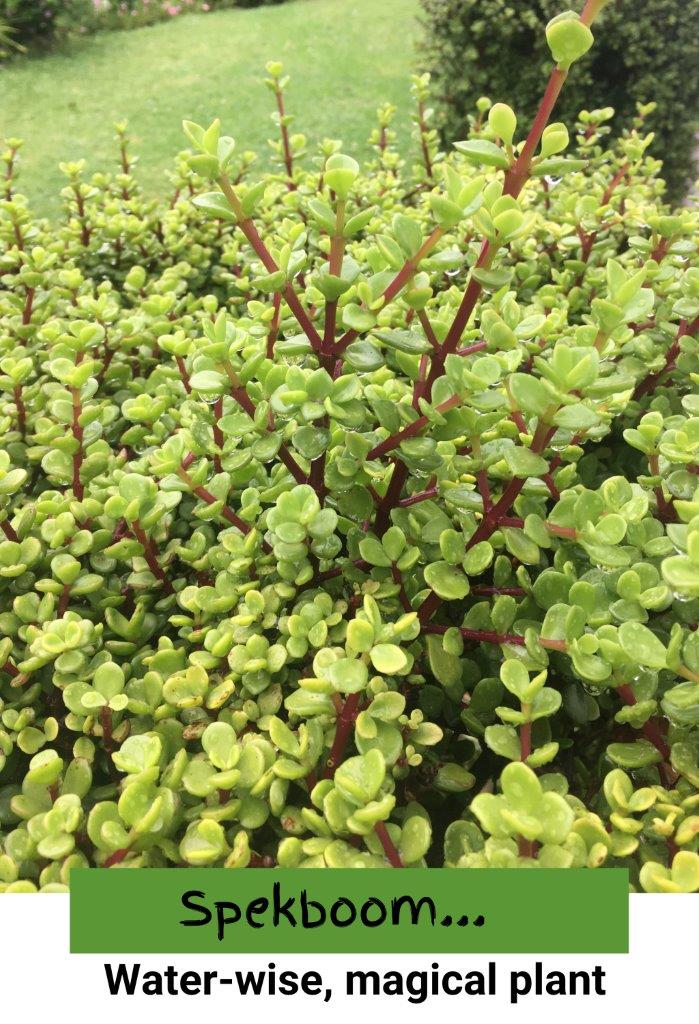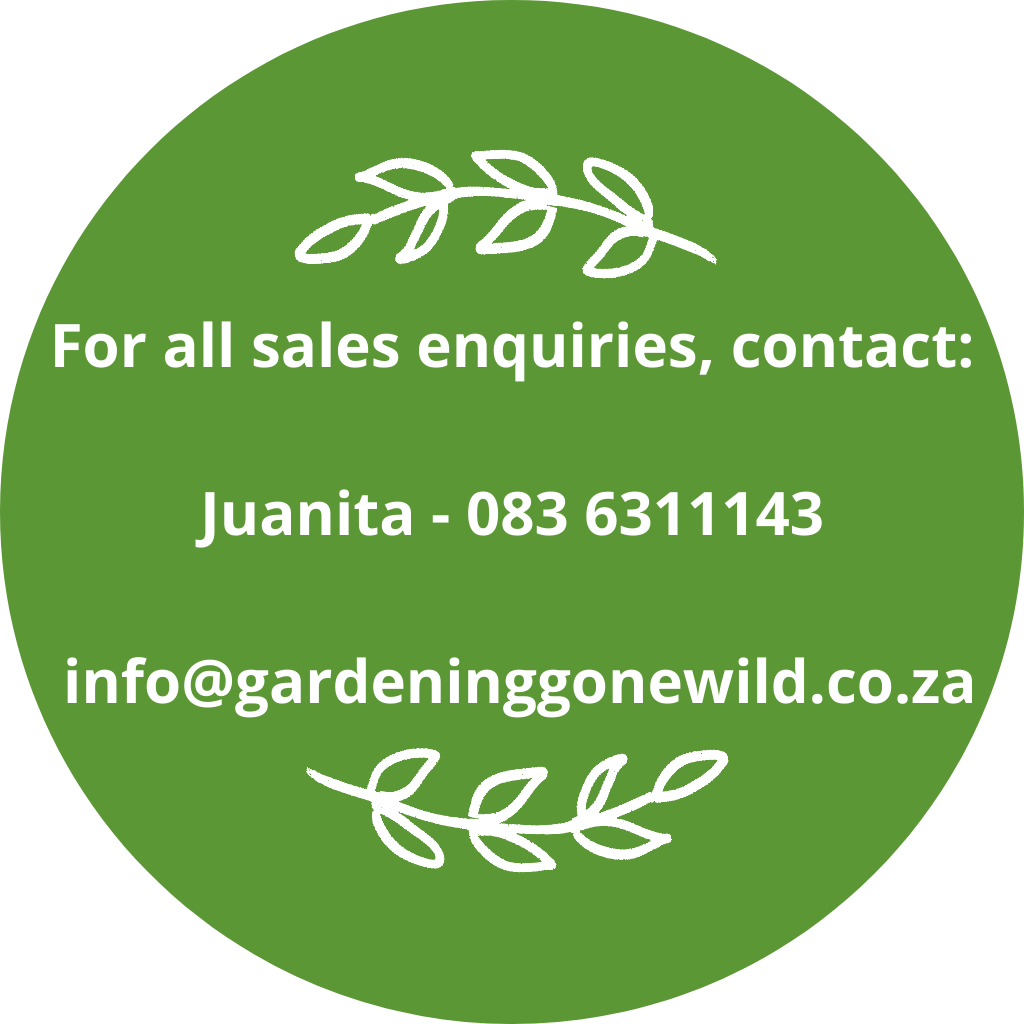10 Easy tips for sustainable gardening
1 Catch your rainwater
Catching rainwater is an inexpensive way to conserve water. Water tanks and rain barrels are ideal for catching rainwater to accumulate enough to fulfill your sustainable gardening needs. Gardening during a drought can be very disheartening, but careful planning will go a long way in helping your garden survive.
2 Mulch, mulch, mulch
Surrounding plants with mulch can help reduce the chance of infection in plants. It will reduce moisture loss and limit the spread of fungal spores on plant tissue. Remember to replace it annually. Shredded wood matter, grass cuttings, leaves, chipped bank, gravel and stone can all be successfully used to mulch.
3 Plant local species
Indigenous or locally adapted plant species are biologically suited to your region’s climate and soil conditions. These species will need fewer fertilizers, pesticides, and in many cases, less water to survive. Your plants will thrive with minimum effort from your side and will attract insects, butterflies, and bees – turning your garden into an ecological paradise.
4 Consider pollinator-friendly plants
Invest in plants that will attract pollinating friends to your garden. Bees, butterflies, and birds play a vital role in getting your vegetables to produce. Colourful indigenous plants, that will attract them, include agapanthus, aloes, asparagus fern, Cape violets, clivia, Euryops daisy, Felicia, Gazania, Carpet Geranium, Ribbon Bush, Lion’s ear, Osteospermum, Butterfly bush, Cape Honeysuckle, and Vygies. Keep in mind that bees are most attracted to blue, purple, yellow, and white flowers.

5 Weed organically
Use organic alternatives to weed killers. You can use homemade options with ingredients you already have in your kitchen. Vinegar, salt, boiling water, and bleach are just some examples you can consider. Manually uprooting weeds may be a lot of work, but the best way to manage broad-leaved weeds. Remember to remove all the roots as far as possible to prevent regrowth. Good advice is to weed as often as possible and weed while your soil is wet and soft. Remember to add your dried weed to your compost heap.
6 Composting – the way to go
Composting fallen leaves, kitchen waste, grass cuttings, cardboard, and more create lovely new soil. Your homemade compost can reduce the need for chemical fertilizers; the compost ingredients can improve soil texture, add nutrients back, and decrease soil erosion, too. A good rule of thumb is for your compost pile to balance out the carbon and nitrogen. Usually, brown items (leaves and cardboard) will give you carbon, while green items (grass cuttings and kitchen waste) will give you nitrogen. Add equal quantities of brown and green material for a good compost mix. Best of all – it will reduce your overall carbon footprint, as you’ll be sending less food and plant waste to landfills.
7 Collect your own dried seeds
Collecting and saving seeds are fun, easy, and very rewarding. Wait until the seeds are dry before harvesting from your plants. Ensure that you store the seeds in a dry place to ensure healthy plants in the future.

8 Reduce your lawn and plant your food
Growing your food instead of large lawns is very rewarding. Plant fruit-bearing trees, tomatoes, herbs, cabbage, and lettuce – there is absolutely nothing better than making that salad from your very own garden.
9 Minimize the cost of gardening
Recycle, Reduce and Reuse! Collect the plastic containers you buy your plants in and reuse them as far as possible. Instead, purchase second-hand garden furniture and give them a new life in your favorite spaces. For instance, reuse old wheelbarrows as planter boxes. Let your creativity flow!
10 Plant a Spekboom for the future
Also known as Pork Bush or Elephant’s Root, this water-wise plant can survive frost, drought, and fire.
According to The Spekboom Foundation, “Spekboom has enormous carbon-storing capabilities. Its capacity to offset harmful carbon emissions is compared to that of moist, subtropical forests. This remarkable plant is unique in that it stores solar energy to perform photosynthesis at night. This makes a Spekboom thicket 10 times more effective per hectare at carbon fixing than any tropical rainforest”.
Spekboom is easy to grow from cuttings. You do not have to put it into a separate container first. Best of all, it is delicious in salads.




